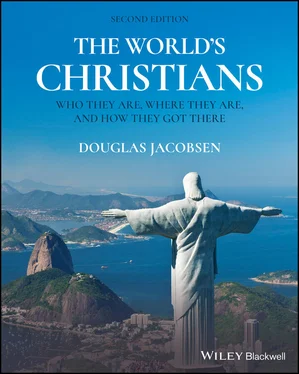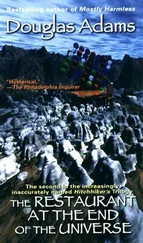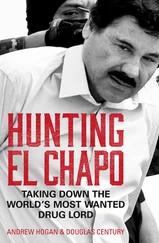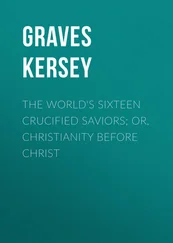© John Wiley & Sons, Inc.
If Orthodoxy is to give a convincing concerted and united Orthodox witness in today’s pluralistic world, then the rediscovery of an Orthodox conscience … that goes beyond ethnic and national cleavages is, I believe, an urgent matter. Orthodoxy will be credible only when all local autocephalous and autonomous Orthodox churches are able to speak and act as one single body and not as separate ethnic or national entities . 3
This plea to move beyond divisive nationalism is both a harsh judgment and a high ideal. It is a sentiment that comes from deep within the Orthodox community itself, and it reflects a genuine dilemma: how to balance the love of God and all people with a valid love of one’s nation. With nationalism on the rise worldwide, Orthodoxy will have to buck that trend if it is to become more globally unified as one of Christianity’s four contemporary mega‐traditions.
SUGGESTIONS FOR FURTHER READING
1 Alfeyev, Hilarion (2011). Orthodox Christianity, Vol. 1: The History and Canonical Structure of the Orthodox Church. Crestwood, NY: St. Vladimir’s Seminary Press.
2 Angold, Michael (ed.) (2006). The Cambridge History of Christianity: Eastern Christianity. Cambridge: Cambridge University Press.
3 Binns, John (2002). An Introduction to the Christian Orthodox Churches. Cambridge: Cambridge University Press.
4 Chryssavgis, John (2004). Light Through Darkness: The Orthodox Tradition. Maryknoll, NY: Orbis.
5 Clapsis, Emmanuel (ed.) (2004). The Orthodox Churches in a Pluralistic World: An Ecumenical Conversation. Geneva: WCC Publications.
6 Louth, Andrew (2013). Introducing Eastern Orthodox Theology. Downers Grove, IL: IVP.
7 McGuckin, John Anthony (2008). The Orthodox Church: An Introduction to its History, Doctrine, and Spiritual Culture. Oxford: Blackwell.
8 Parry, Ken (ed.) (2004). The Blackwell Companion to Eastern Christianity. Oxford: Blackwell.
9 Ware, Timothy (1997). The Orthodox Church. London: Penguin.
1 1Gregory Palamas, The Triads, ed. John Meyendorff, trans. Nicholas Gendle (Mahwah, NJ: Paulist Press, 1983), pp. 34–5.
2 2John of Damascus, Three Treatises on the Divine Images, trans. Andrew Louth (Crestwood, NY: St. Vladimir’s Seminary Press, 2003), p. 106.
3 3George Tsetsis, “Ethnicity, Nationalism and Religion,” in Emmanuel Clapsis (ed.), The Orthodox Churches in a Pluralistic World: An Ecumenical Conversation (Geneva: WCC Publications, 2004), pp. 148–58; quote from p. 156.
With more than a billion members, the Catholic tradition is the largest by far of the four Christian mega‐traditions, and its “catholicity” – its willingness to embrace difference and to learn from others – has added incredible variety to the Catholic tradition. Rather than forcing people to choose between one style of faith or another, Catholicism has opted to be a tradition of “both/and.” Whatever is seen as having spiritual merit and value can be incorporated into Catholicism, even when the opposite emphases are also present within the tradition. Accordingly, both celibacy and marriage are seen as laudable, both retreat from the world (monasticism) and service to the world (social action) are encouraged, and both scientific inquiry and belief based on faith alone are affirmed. Catholicism’s both/and stance has also allowed it to adopt and adapt various ideas and practices that originated in other Christian traditions. Some forms of Catholicism can thus look and feel quite Orthodox (veneration of icons and the respect given to Mary), while others can look and feel quite Pentecostal (speaking in tongues and belief in miracles), or even Protestant (Bible study by individuals in small groups). This same commitment to catholicity has also allowed Catholicism to welcome and appreciate spiritual insights and practices offered by many non‐Christian religions and cultures.
Catholicism has been a global faith for a longer period of time than any other Christian tradition. Up until the mid‐1400s almost all Catholics lived in Western Europe, but then its realm of influence expanded rapidly, first to the west coast of Africa and later to Asia and the Americas. Today Latin America is the demographic center of the Catholic world, the home of two‐fifths of the world’s Catholics. Western Europe has the second largest number of Catholics, followed by Sub‐Saharan Africa and East Asia. (See Figure 2.1.)
Like Catholicism as a whole, Catholic spirituality is enormously diverse. Thousands of books have been written about Catholic spirituality and devotional practices, and it is impossible to do justice to all that diversity. The three spiritual emphases highlighted below have been especially prominent in Catholic history: sacramental imagination, communal consciousness, and intellectual rigor.
The Catholic tradition sees the world as infused with the presence of God. God is everywhere, and God is constantly calling the world and all its people to a higher and holier way of life. This is the Catholic sacramental imagination: seeing the world as a place where both people and the material stuff of creation can become a means of divine self‐revelation and a medium through which grace (God’s free and unmerited favor or assistance) can be communicated to humankind. The twelfth‐century nun Hildegard of Bingen exuberantly described God as saying: “I gleam in the waters, and I burn in the sun, moon, and stars. With every breeze … I awaken everything to life.” 1 Later, the nineteenth‐century Catholic poet Gerard Manley Hopkins exulted that the world is “charged with the grandeur of God,” ready at any moment to “flame out, like shining from shook foil.” 2 It is not just the natural world that can communicate God’s grace to people in this way. Religious art (especially paintings or sculptures of Jesus, Mary, and the saints) can also serve as objects of devotion, conduits of God’s grace, and reminders of God’s presence. A great deal of popular Catholic piety involves these objects, which can be purchased at many Catholic churches and shrines (see Figure 2.2).
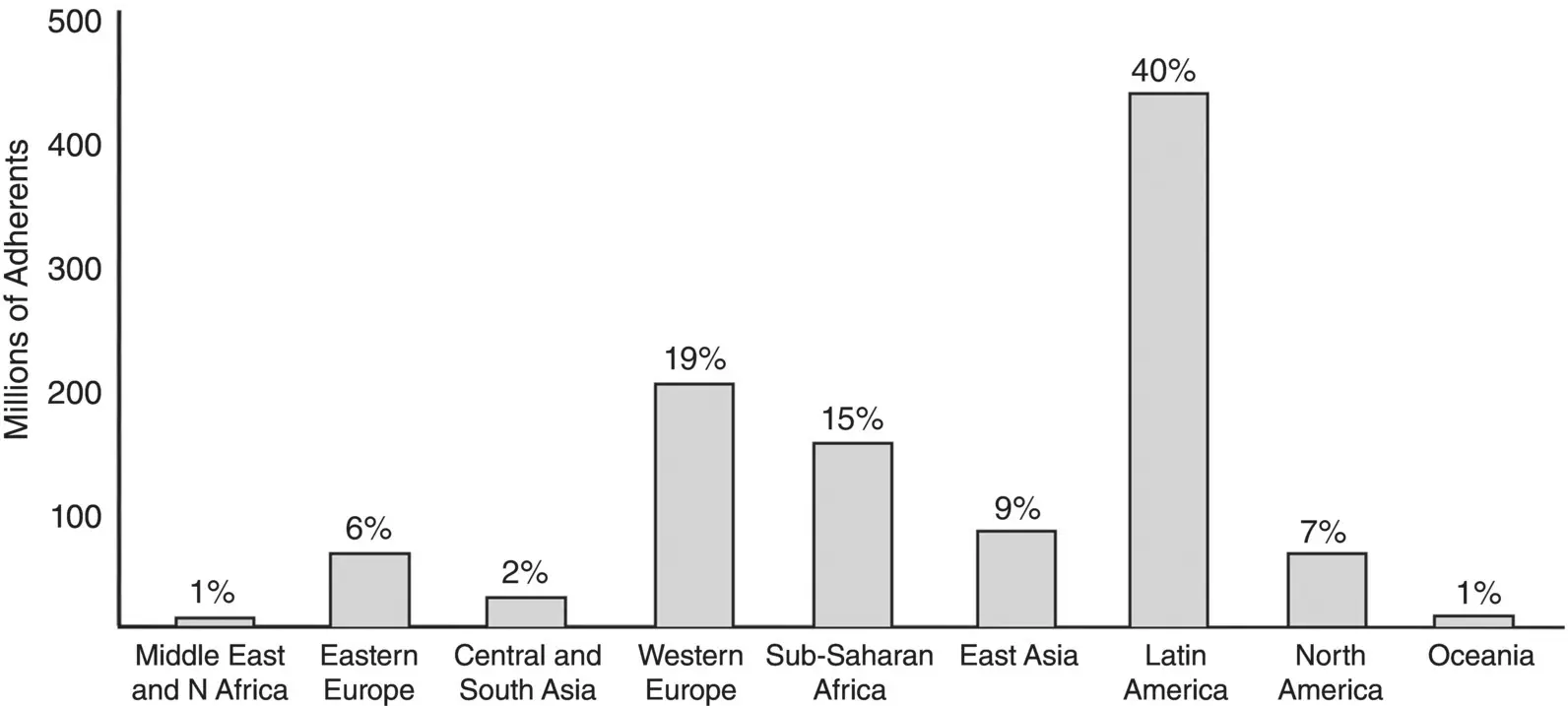
Figure 2.1 Number of Catholic Christians living in each region of the world with percentage of all Catholics worldwide.
© John Wiley & Sons, Inc.
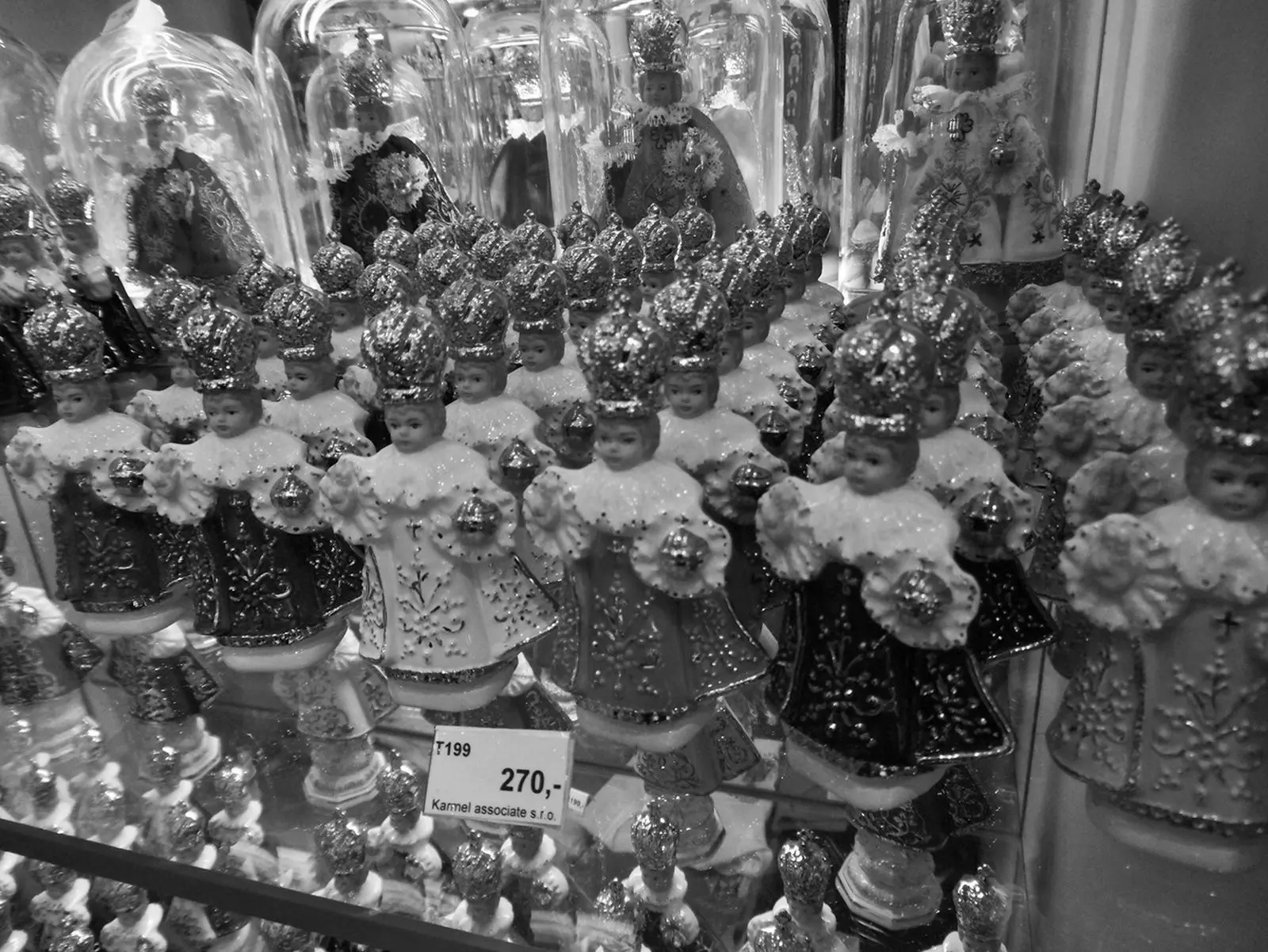
Figure 2.2 Statues of the Infant of Prague (the baby Jesus) for sale at a shop near the Church of Our Lady Victorious in Prague (Czech Republic), where the original statue is on display.
Photo by author.
A sacramental experience is an invitation from God to become somehow “more” than one already is, to enter into a new depth of love and fellowship with God, with others, and with all of creation. God’s sacramental engagement with humankind is never a matter of imposition. Catholics believe that God does not force grace on anyone; it is an offer that must be actively received. The Catholic tradition sees human cooperation – religious effort – as a necessary part of spirituality. But while grace is never forced on anyone, it does come with strings attached. God’s grace is not given merely to enliven people or to help them with their ills; God’s grace is given for the purpose of drawing people closer to God and toward personal holiness. The Catechism of the Catholic Church explains this in its very first paragraph, saying that “God draws close” to humankind as an invitation for individuals “to seek him, to know him, and to love him.” 3
Читать дальше
